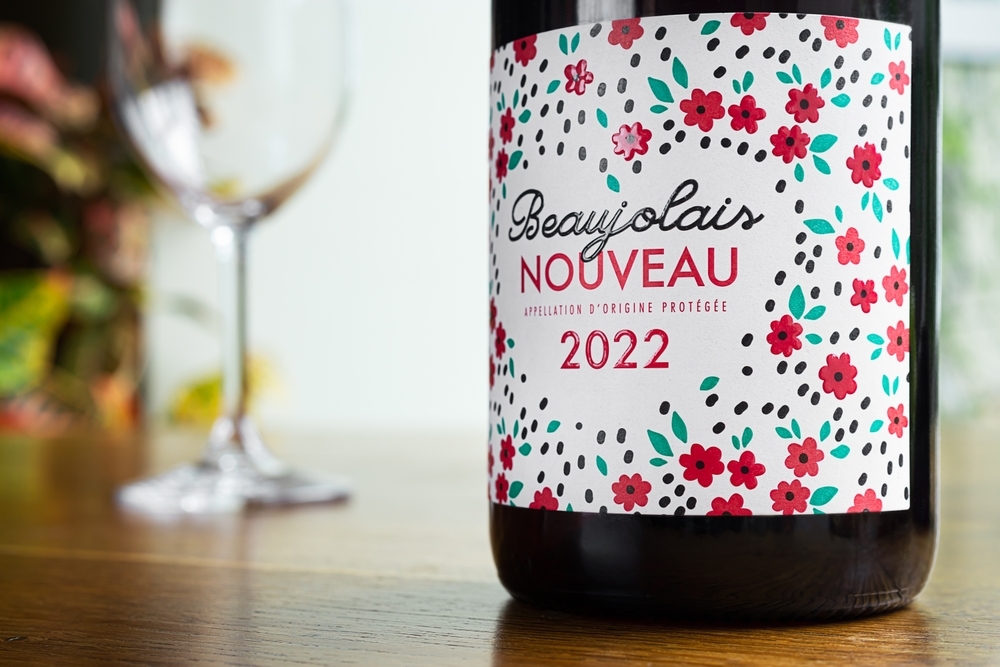Types and Variety of White Wine: Make The Best Of Moments

When it comes to the world of wine, white wines offer a fascinating and diverse spectrum of flavors, styles, and origins. From the crisp and zesty Sauvignon Blancs to the rich, buttery Chardonnays, white wines uniquely capture the essence of their respective grape varieties and the regions in which they are cultivated. In this extended guide, we will take a deep dive into the captivating world of white wine, delving into popular types, exploring the regions that produce them, discussing flavor profiles and food pairings, and shedding light on some common grape varieties used in white wine production.
Types of White Wine
Chardonnay: The Chameleon of White Wines

Chardonnay, often called the "queen of white grapes," is a remarkably versatile grape variety that can produce various wine styles. It is admired for adapting to different winemaking techniques, resulting in a broad spectrum of flavors and structures. Expert picked Chardonnay wines can be broadly categorized into two main styles: oaked and unoaked. Oaked Chardonnays undergo fermentation and aging in oak barrels, which impart a creamy texture and flavors of vanilla, butter, and toasted oak. These full-bodied wines often note ripe orchard fruits like apples and pears. Iconic regions like Burgundy in France and California's Napa Valley are celebrated for their exceptional oaked Chardonnays.
On the other hand, unoaked Chardonnays are fermented and aged in stainless steel tanks, preserving the grape's natural acidity and resulting in crisp and fruit-forward wines. Unoaked Chardonnays showcase flavors of green apple, citrus, and minerals. Regions like Chablis in France and cool-climate areas of Australia produce exquisite unoaked Chardonnays. Chardonnay is also a grape known for its blending potential. Winemakers often blend it with grapes like Pinot Blanc or Pinot Grigio to enhance complexity and balance.
Sauvignon Blanc: The Crisp and Herbaceous Delight

Sauvignon Blanc is celebrated for its vibrant acidity, fresh citrus notes, and herbaceous aromas. This grape variety produces lively and refreshing wines, making them a favorite among wine enthusiasts seeking a zesty and stimulating experience. Regions like New Zealand's Marlborough, California's Napa Valley, and France's Loire Valley are renowned for their Sauvignon Blanc production. Each of these regions imparts unique characteristics to the wine.
Marlborough Sauvignon Blanc, for example, is known for its pronounced grapefruit and passion fruit flavors, while Loire Valley Sauvignon Blanc exhibits more herbal and mineral notes. Due to its distinctive and dominant character, Sauvignon Blanc is rarely blended with other grape varieties. It is often enjoyed as a pure expression of the grape's bright and aromatic qualities.
Riesling: From Dry to Sweet, a World of Possibilities

Riesling is a grape variety that offers an expansive range of sweetness levels, making it one of the most versatile white wines. Originating in Germany, Riesling is now cultivated in various regions worldwide, each contributing to the wine's diverse flavor profile. Riesling wines can be classified into several sweetness categories, ranging from bone-dry (Trocken) to off-dry (Kabinett, Sptlese) to sweet (Auslese, Beerenauslese, Trockenbeerenauslese). Dry Rieslings are characterized by their high acidity and flavors of green apple, citrus, and minerals, while sweeter Rieslings showcase ripe peach, honey, and petrol notes.
Riesling thrives in regions like the Mosel and Rheingau in Germany, producing wines that beautifully balance acidity and sweetness. The Alsace region in France is also renowned for its Rieslings, which tend to be more full-bodied and rich. Thanks to its versatility, riesling is a delightful companion for various foods. It pairs excellently with spicy cuisines, particularly Asian dishes, as the wine's sweetness can help balance the heat of spices.
Pinot Grigio/Pinot Gris: Light and Refreshing Varieties

Pinot Grigio and Pinot Gris are two names for the same grape variety, with each name indicating a different style of wine. Pinot Grigio is the Italian term, representing a lighter, crisper wine, while Pinot Gris is the French name, suggesting a richer, more textured profile. Pinot Grigio is known for its pale color, crisp acidity, and green apple, lemon, and citrus flavors. It is widely produced in regions like Italy and California, where it thrives in warm climates. Pinot Grigio is perfect for warm summer days and pairs wonderfully with light dishes, salads, and seafood.
In contrast, Pinot Gris, particularly from Alsace and Oregon, often displays a more complex flavor profile with pear, stone fruits, and spice notes. These wines have a slightly richer texture and are an excellent match for more richness and depth dishes. Pinot Grigio and Pinot Gris are typically enjoyed as single-varietal wines and rarely blended with other grapes.
Chenin Blanc: The Versatile Gem

Chenin Blanc is a grape that thrives in various regions worldwide, offering a wide range of styles from dry to sweet. Originating in France's Loire Valley, Chenin Blanc has found a second home in South Africa, known as Steen. Dry Chenin Blanc wines are characterized by their vibrant acidity and flavors of green apple, honeydew melon, and minerals. These wines are often unoaked and showcase the grape's natural freshness. South African Chenin Blancs, in particular, have gained recognition for their high quality and value.
Sweet Chenin Blancs, on the other hand, can range from off-dry to lusciously sweet, often displaying flavors of ripe apricot, honey, and floral notes. These wines are excellent companions for spicy foods and desserts. Chenin Blanc is known for its remarkable acidity, which allows it to pair beautifully with various dishes, from grilled shrimp to spicy Thai cuisine. While Chenin Blanc is primarily enjoyed as a single-varietal wine, it is occasionally used in blends to add brightness and acidity.
FAQs
What type of white wine for cooking?
When cooking with white wine, it's generally recommended to use dry white wines like Sauvignon Blanc, Pinot Grigio, or Chardonnay. These wines provide flavor and acidity to dishes without adding excessive sweetness.
What are the different types of white wine?
The primary types of white wine include Chardonnay, Sauvignon Blanc, Riesling, Pinot Grigio/Pinot Gris, and Chenin Blanc, each offering distinct flavors and characteristics.
What type of white wine is most prevalent?
Chardonnay is one of the most prevalent and widely planted white grape varieties worldwide, making it a commonly enjoyed white wine type.
Is White Wine Sweet Or Dry?
White wine can range from bone-dry to sweet, depending on the grape variety and winemaking process. It's essential to read the label to determine its sweetness level.
How to store White Wine?
Storing white wine correctly is crucial to preserving its quality. White wine should be stored in a cool, dark place with a consistent temperature, typically around 55F (13C). It is best stored on its side to keep the cork moist and prevent oxidation. Once opened, it's advisable to consume white wine within a few days, re-cork it tightly, or use a wine preservation system to extend its freshness.
Is champagne a white wine?
Champagne is indeed a type of white wine. It is a sparkling wine made using specific grape varieties and a unique production method. Champagne can also be found in ros varieties with a slightly pink hue.
Conclusion
The world of white wine is a captivating journey filled with diversity, nuance, and endless possibilities. Each type of white wine offers a distinct character that reflects its grape variety, terroir, and winemaking techniques. As you explore these various white wine types and learn about their origins and characteristics, you'll gain a deeper appreciation for the rich tapestry of flavors that grace our glasses and enhance our dining experiences. So, pour a drink, savor the nuances, and embark on a delightful adventure through white wine. Cheers to the beauty and complexity of this beloved beverage!
This content was created by AI
No keywords available
-1717753922-r.jpg)


